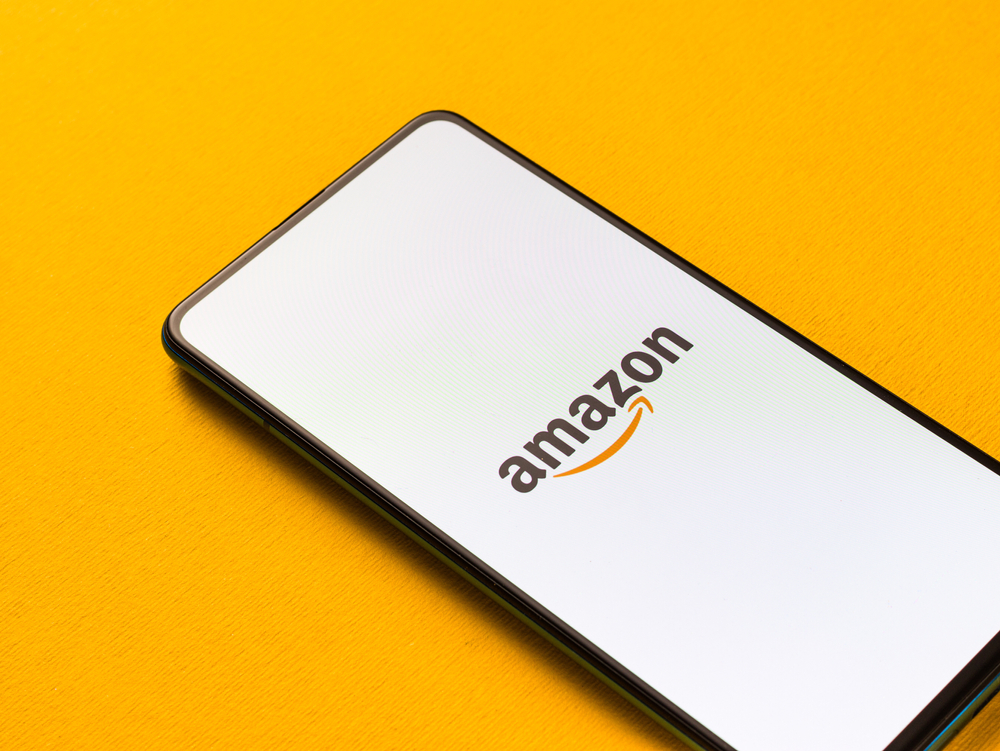
Amazon is in an enviable position of being a top retailer and having global brand recognition. The flip side of that, however, is that its notoriety makes it a prime target for scammers. Fraudsters making random robocalls have a good chance of reaching someone who has an Amazon account.
Amazon has operations on five continents and has dedicated websites in 13 countries. It’s no wonder that Amazon phone scams are common in many countries, including
- #1 phone scam in Canada
- #1 phone scam in the UK
- #2 phone scam in the US
How do Amazon scam calls work?
No matter how hard you try to keep your phone number private, scammers have several tactics to obtain contact information. There are data brokers that find personal information online and sell it to third parties. Scammers can purchase this information and then contact you about your Amazon account. Scammers can also obtain any personal information that was leaked during a data breach.
Once they have your phone number, scammers make a call from an unknown number or one that was spoofed to appear as if it were coming from Amazon. The scammer then claims to be part of the Amazon customer support team calling about an issue with an order or a notice of a security breach. The scammer then attempts to gain your personal information (like your Amazon account username and password or credit card information) by claiming that this information is necessary to resolve the issue.
Samples of Amazon scam calls
Below are transcripts of actual Amazon scam calls. These are from the Hiya honeypot: a collection of Hiya-owned phone numbers used to capture the content of scam and nuisance calls. Here is the wording of the three most common Amazon scam calls observed by Hiya:
“Hello. This is Amazon. This call is to authorize a payment of $999. We would like to inform you that there is an order placed for an Apple iPhone 11 Pro using your Amazon account. If you do not authorize this order press 1, or press 2 to authorize this order.
“This is a confirmation call from Amazon regarding your purchase of iPhone 13 Pro Max and Apple Airpods, totaling $1499. But we have found some suspicious activities in your account while processing the payment. So in order to cancel your order, kindly press 1 to speak with the Amazon fraud department.”
“Hello. Amazon Express notice. A courier delivered twice and no one has signed for it. For details, please press 1.”
Each call has a common element: the robocall asks the recipient to press a number, which will connect with a phony Amazon representative. Instead of wasting time making live calls, the scammers start with a robocall, and if the recipient falls for the scam and presses a number, a live operator will attempt to get the victim to reveal their Amazon account information or credit card number.
Reports from Hiya users
In addition to the honeypot, Hiya also receives user reports from consumers using Hiya Protect via their carrier, device manufacturer, or the Hiya mobile app. Here’s a sampling of the Amazon scam calls users are reporting:
“Multiple calls from multiple numbers to convince me to let them help with a fraudulent purchase on Amazon.”
“Claims to be from Amazon. Usually, a message that wants you to call them back about an order, then they try to pump you for information.”
“Claiming to be Amazon to renew a monthly fee of $99 per month. If you speak to a consultant to cancel, they request your bank details to stop the payment.”
How to protect against scam calls
Carriers can add Hiya Protect, a complete call protection solution that enables carriers to protect their subscribers by blocking and labeling spam calls, and helping them identify wanted calls. Hiya Protect recently added a new layer of protection, Personal AI, which personalizes call protection to individual subscribers so they receive the calls that are important to them and are protected from targeted attacks.
With Hiya Connect, enterprises can improve customer engagement and loyalty while protecting their customers from deceitful interactions and their brand reputation from inaccurate spam labeling. Get a free Reputation Analysis report to see if your customers are at risk.
Individuals can check with their phone carrier to see if it offers any spam/scam-blocking capabilities. If not, ask your carrier to consider adding Hiya Protect.



